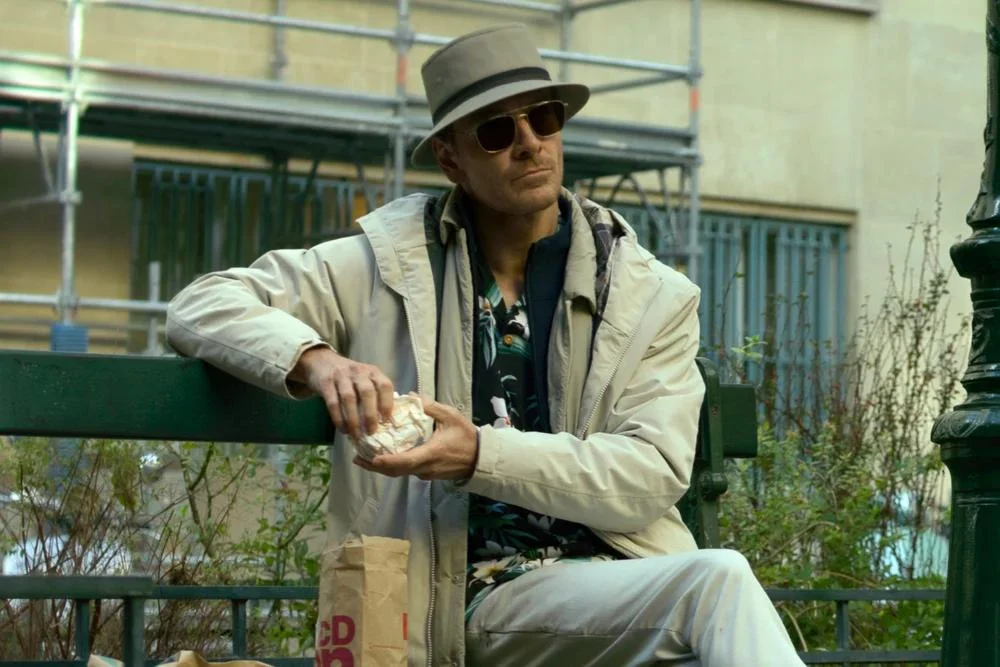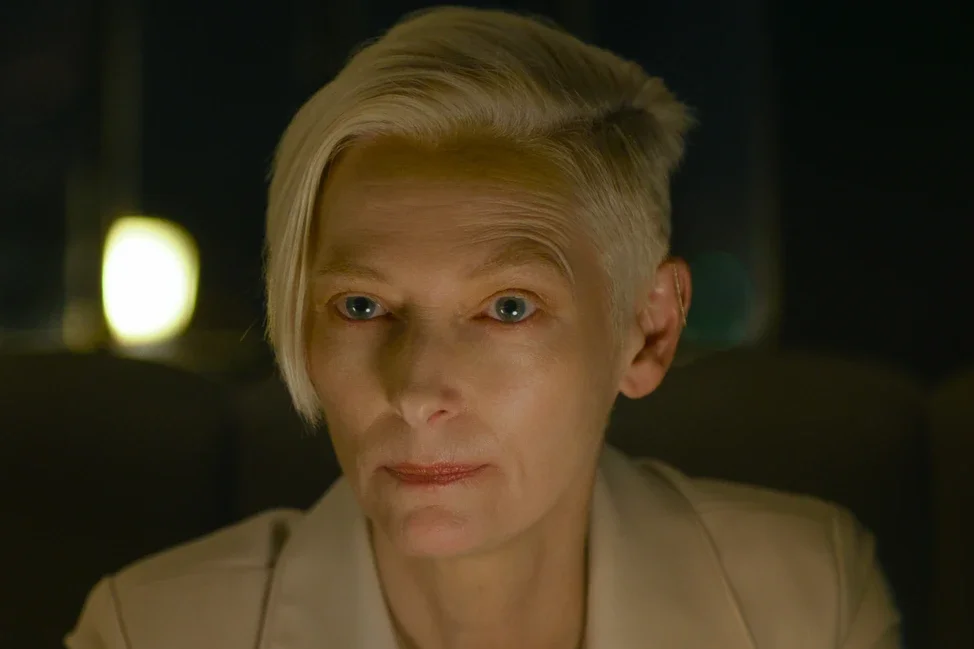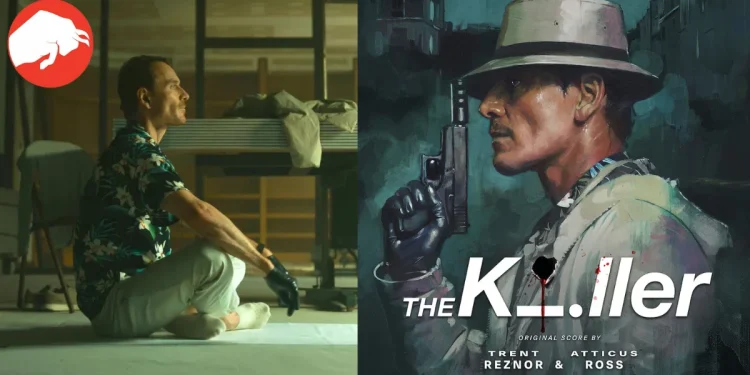A Neo-Noir Masterpiece: David Fincher’s Return to the Screen
David Fincher’s latest movie, “The Killer,” has taken Netflix by storm, topping the streamer’s most-watched film list. This neo-noir thriller marks Michael Fassbender’s return to the big screen in a gripping role as a hitman on a brutal mission of revenge. With a cast including Tilda Swinton and Charles Parnell, and an unexpected cameo by Fiona Bruce, the film promises a captivating journey into the dark world of crime and retribution.
The Story Unravels: A Tale of Revenge and Redemption
“The Killer” spins a tale of a hitman, whose life takes a dark turn after his girlfriend is viciously attacked. This attack, a consequence of a botched job where he accidentally shoots the wrong person, sets him on a relentless path of vengeance. He methodically hunts down everyone involved in the attack, from an accomplice taxi driver to the orchestrator of the hit.
The Climactic Decision: A Twist in the Tale
The film’s climax centers on the encounter between the hitman and the client, a billionaire hedge fund manager named Claybourne, who had ordered the original hit. In a surprising twist, the killer spares Claybourne after a candid conversation, leaving him with a stern warning. This pivotal scene symbolizes a shift in the killer’s psyche, from relentless avenger to a man seeking closure.

The Ending Unpacked: Fincher’s Thoughtful Resolution
“The Killer” concludes with the hitman returning to the Dominican Republic, reuniting with his recovering girlfriend. In a reflective voiceover, he muses on his changed identity, now seeing himself as “one of the many” rather than “one of the few.” This ending underscores the film’s deeper themes of identity and the human condition.
Behind the Scenes: Cinematography and Direction
Erik Messerschmidt on the Film’s Essence
Erik Messerschmidt, the film’s cinematographer, shared insights into the movie’s underlying themes. Initially unsure about the film’s direction, he sought clarification from Fincher. The director’s emphasis on process and procedure shaped the film’s visual narrative, capturing the killer’s meticulousness and his unraveling.

The Visual Language: Crafting the Killer’s World
Messerschmidt highlights the duality in the film’s cinematography, reflecting the killer’s precision and chaos. He describes the camera as an “omniscient ghost,” offering a rare glimpse into the solitary world of a character who usually remains hidden from view. This approach adds a layer of intimacy and introspection, allowing the audience to delve deeper into the protagonist’s psyche.
Conclusion: “The Killer’s” Impact on the Thriller Genre
David Fincher‘s “The Killer” is more than just a neo-noir thriller; it’s a study of a character’s journey through darkness and redemption. With stellar performances, a compelling storyline, and thoughtful cinematography, the film stands as a testament to Fincher’s mastery in storytelling. For fans of the genre and Fincher’s work, “The Killer” is an essential watch that promises to leave a lasting impression.
Watch “The Killer” on Netflix for a deep dive into the mind of Fincher’s latest enigmatic character.









